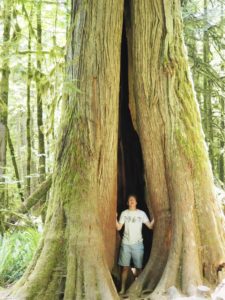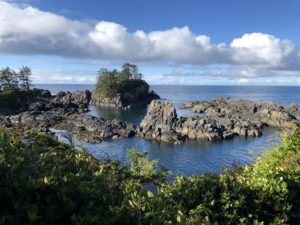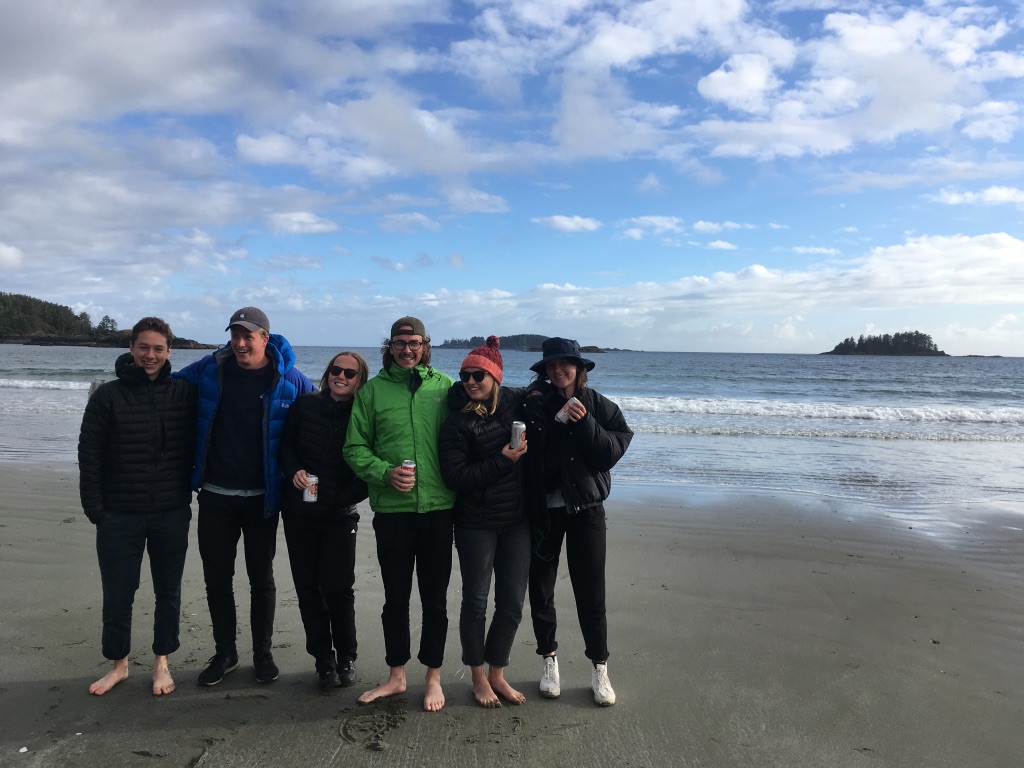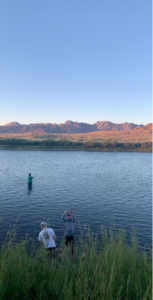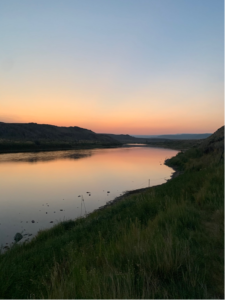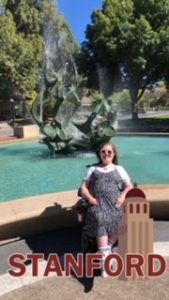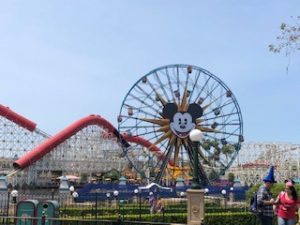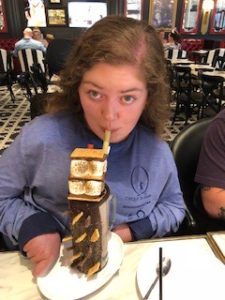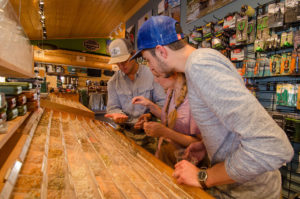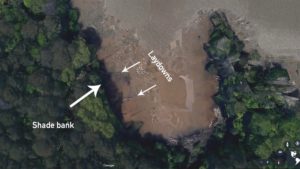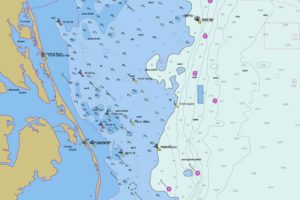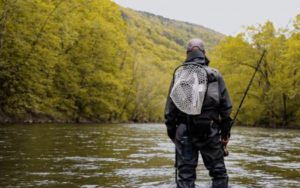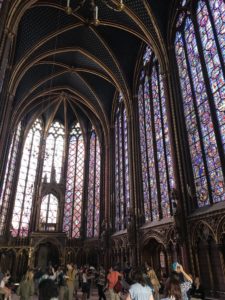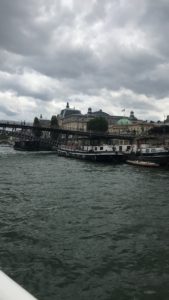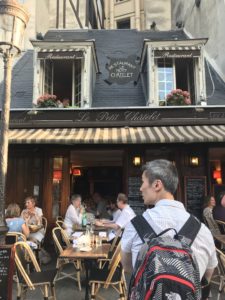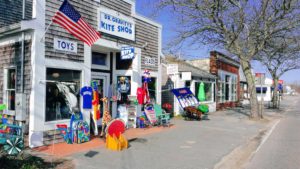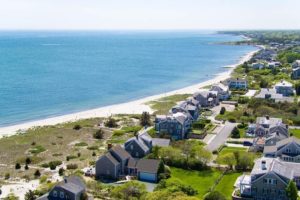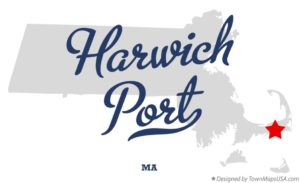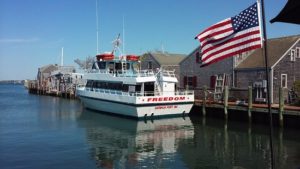Autumn is not restless or sharp, it’s a shorter time of year, and it feels like everything is best in Beijing. However, after autumn, we have the first snow in Beijing.
For me, the Forbidden City is the final chapter of the imperial empire, is a long and magnificent dream, so that every time I face it, I will regret being surprised by China’s beauty. The beauty of the Forbidden City is no matter how many times I go, and I can not be exhausted by the vast scroll. You are in the Forbidden City environment, from the bottom of your heart will have a kind of lofty respect, don’t know how many stories have been told here, no place can have such a great color, the buildings are stacked on top of each other. Every part of the Forbidden City is probably stuck in the imprint of time, telling the known or unknown story.
The Forbidden City in the snow is too beautiful. I do not have any other words. The red palace walls and white snow against each other, making the entire Forbidden City look clean and holy. Snow-covered the roof of the palace, paved with the Golden Water Bridge, paved with stone paths, falling on the bronze turtles and cranes in front of the Palace of Supreme Harmony, falling on the roof of the small glazed beasts. For a moment, I felt that the snow in front of me was like some blessing that cleansed human eyes, brought the divine beauty of art, and soothed the heart. Then it melted away again on a sunny afternoon.
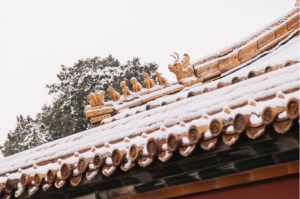
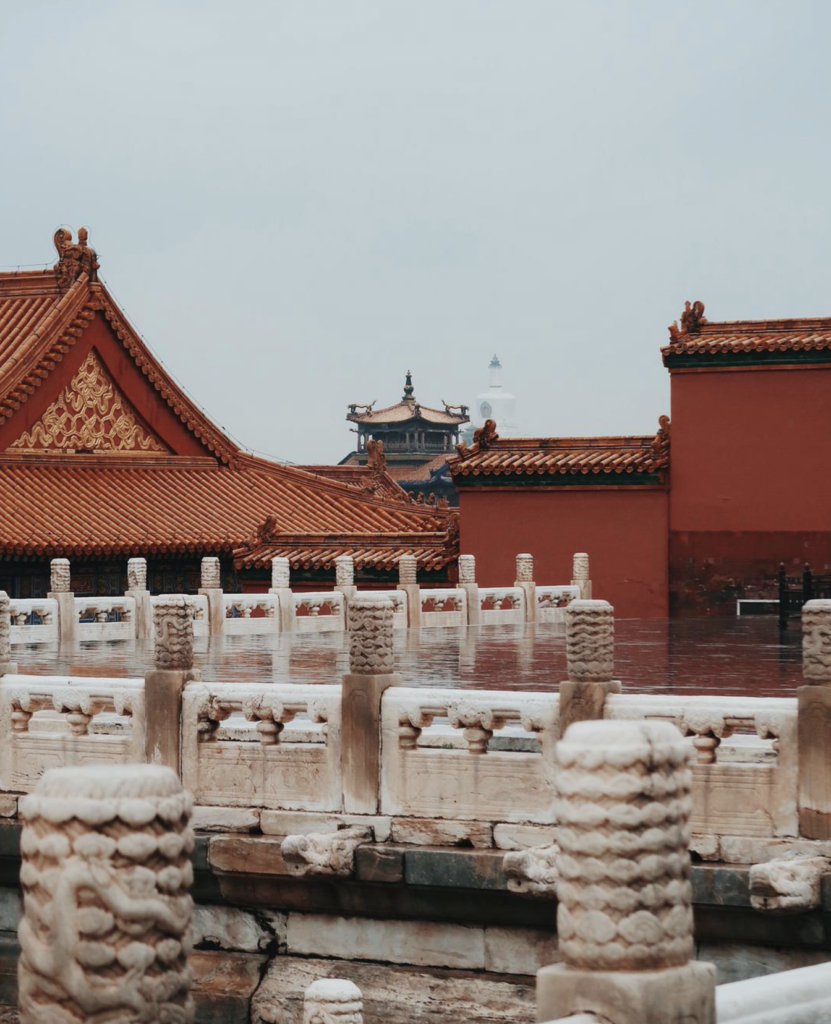

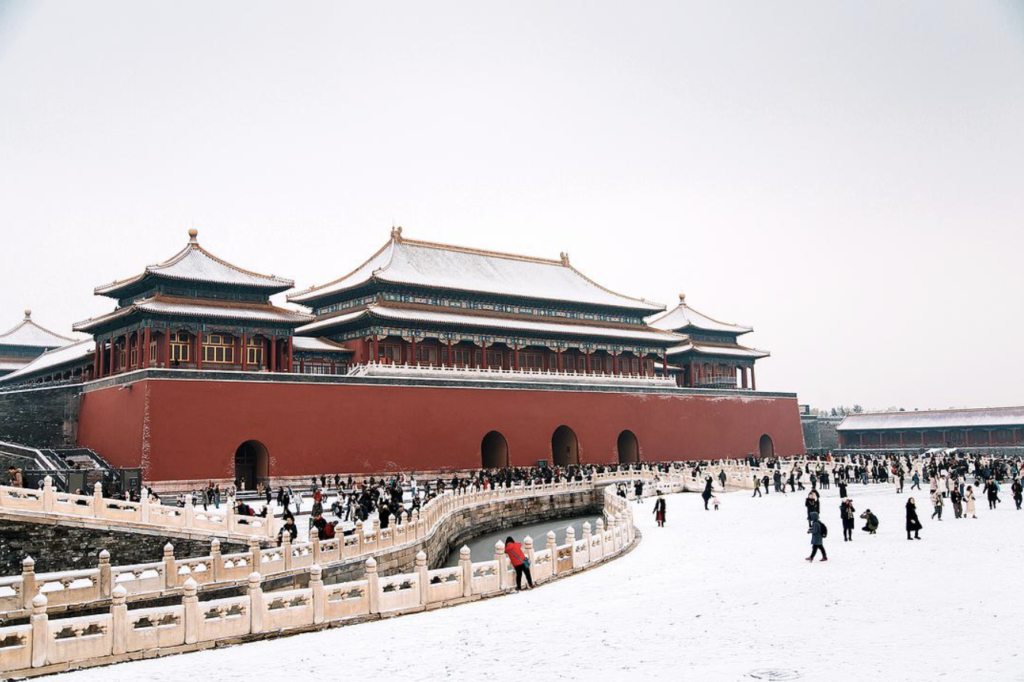
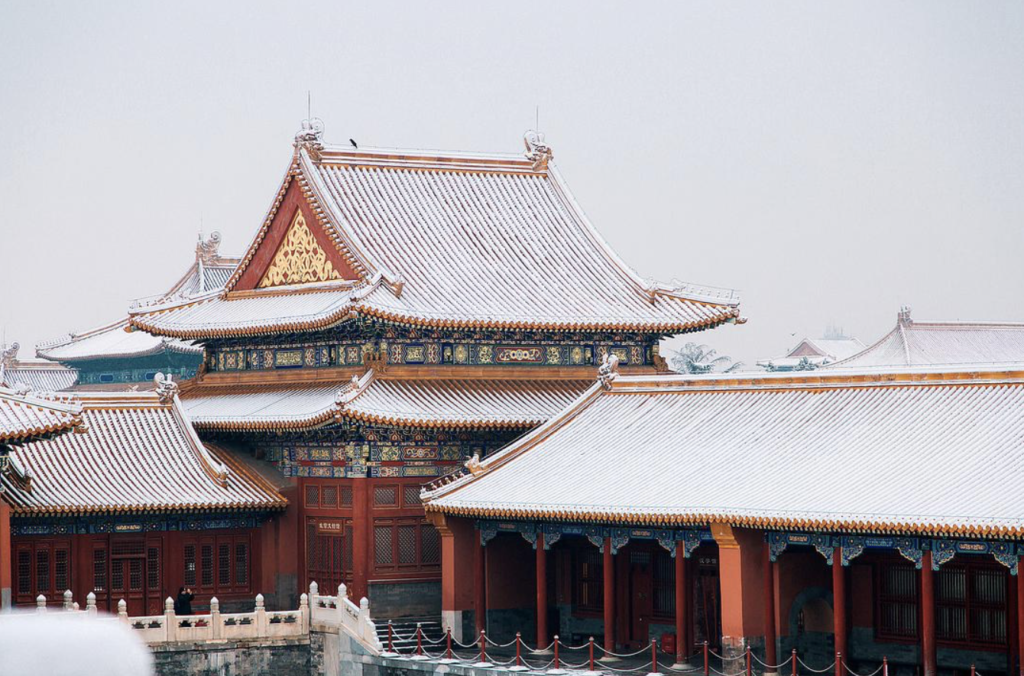
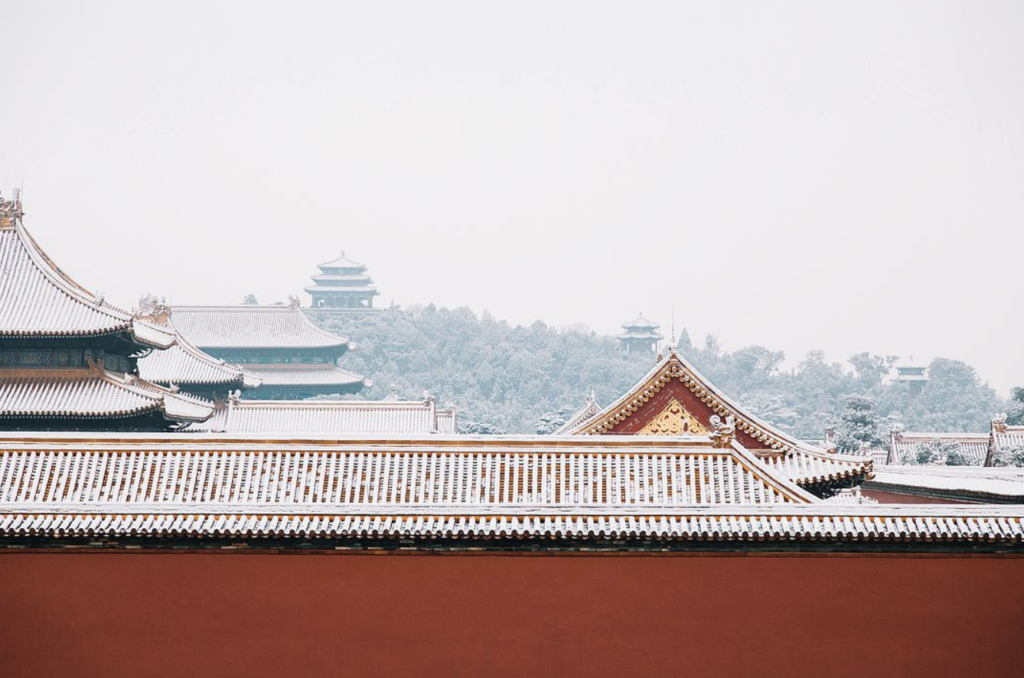

It seems that some people’s lives are also like this. People often like to say that as soon as Beijing snows, it becomes Beiping, and as soon as the Forbidden City snows, it becomes the Forbidden City. Before, I always think these two words are nonsense, but after seeing the snow of the Forbidden City, you will understand the meaning of those two words. The snow is like magic that can take us back to the distant past. As we travel through it, we seem to feel or very clearly imagine the dynastic turmoil and love-hate entanglements that once took place here.
Maybe it was the heavy snowfall last night, or perhaps it was the low temperature this morning, but the early morning snow didn’t seem to be melting. By the noon entrance through the three main halls to after six palaces, the snow is still intact to fall on the glazed tiles, whether it is the Yanxi Palace, Shoukang Palace or Canning Palace Royal Garden, everywhere is a white world, a bit like sticking to the biscuit on the cream.
Although the place is inevitably crowded, it can’t spoil one’s enjoyment of the snow. Sometimes, the people in the landscape can be a different kind of terrain.
I am jealous of those who see the snow on their first visit to the Forbidden City because I could see the Forbidden City for the first time, in the snow, after visiting the Forbidden City countless times. Those people who saw the Forbidden City in the snow for the first time, how lucky they should be, and what beautiful memories those snowflakes of the palace will leave them.
Even like me, it has been many times to the Forbidden City. The first time to see the Forbidden City of the snow is still exciting. I described myself as having a go out to see idol mood, is that very excited and nervous mood, think each other is too beautiful. They are not qualified to appreciate the perspective, is with that mood for the first time to see the Forbidden City in the snow.
Over time, as the tourists continue to be more and more, the snow on the ground was gradually trampled to reveal the black or gray stone road, the tree branches of the tree hanging slowly thinning up, the snow does not seem to stay on earth for too long. But until I left the Forbidden City, the Forbidden City was still in a blanket of white snow, the roofs of the six imperial palaces were still pure white, slightly showing a little glazed tile color, yet very beautiful!
This is the first time in my life to see the Forbidden City’s snow. I entered through the noon gate, walked along the east line, passed the Hall of Supreme Harmony, Jiaotai Hall, Baohe Hall, went to the Yanxi Palace, Zhongcui Palace, came to the Royal Garden, from the Royal Garden to the Forbidden City’s west line, and then went to the Changchun Palace, Shoukang Palace, finally returned to the Taihe Palace Square, through the Donghua Gate to leave. In three hours, it was like a dream. The Forbidden City is far from my goal, and I only saw it through the red wall.
I only hope that the next time we meet will not be too far away.
This year, the Forbidden City celebrates its 600th birthday. The world’s largest surviving wooden palace complex has stood firm on Chinese soil for 600 years. The palace is centered around the Noondoor Tower, which is arranged in 18 historical nodes. They introduce the planning, layout, architecture, palace life, and an overview of architectural renovation and conservation of the Forbidden City. In the exhibition hall, behind each exhibit is carrying the Forbidden City’s memory, a brick, a tile, a yarn, and a cup in the display cases, representing the highest skills of Chinese refined traditional culture. Including the Taihe Hall on the spine of the beast and the Emperor Qianlong participated in the design of the Jin Ou Yongguo cup. Now, science and technology still can not completely repair lacquer yarn.
I think another way to see the Forbidden City is to wait for the sun to set over Jingshan Park, which is only ten minutes away from the top. Jingshan Park is located in the center of the north-south axis of Beijing’s inner city, and you can have a panoramic view of the Forbidden City from the Wanchun Pavilion in the middle peak. The most beautiful moment of the sunset, I want to share all the beautiful scenery with you.

